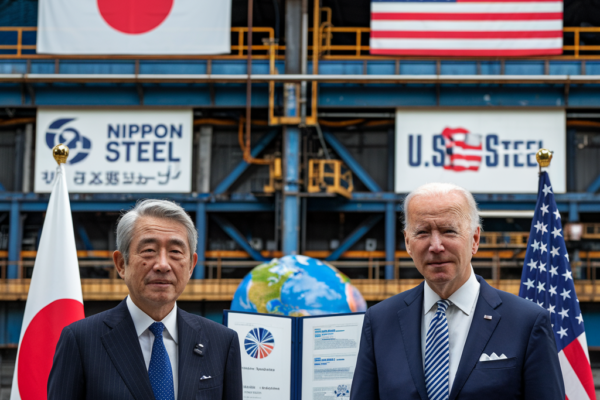M&A Activity Stays Cool as Interest Rates Remain High – Key Highlights
- Global M&A activity in the first half of 2024 reached $1 trillion, a 4% increase from the same period last year but still below the ten-year average of $1.5 trillion.
- High interest rates have significantly increased borrowing costs, deterring companies from pursuing acquisitions.
- The number of M&A deals has been below 10,000 for three of the last four quarters, with 9,719 deals in Q2 2024, down from 10,784 in Q2 2023.
- While deal activity is slow, there is a year-over-year increase in deal values, suggesting dealmakers are willing to execute large transactions despite challenges.
Current M&A Trends: Cautious Approach Amid High Borrowing Costs
The current M&A landscape is characterized by a cautious approach, driven by the persistent high-interest-rate environment. Despite some signs of recovery, deal activity remains subdued, reflecting the significant impact of elevated borrowing costs on corporate acquisitions. Data from recent reports by Boston Consulting Group (BCG) and PwC indicate a decline in M&A activity across various sectors, with technology, media, and telecommunications experiencing a 39% gain in aggregate deal value, while industrials and healthcare saw declines of 47% and 29%, respectively.
Impact of High Interest Rates: Deterring Acquisitions
High interest rates have significantly increased borrowing costs, deterring companies from pursuing acquisitions. BCG’s report highlights that the higher cost of capital is pushing companies to consider large or transformational deals with even higher levels of scrutiny. This has resulted in a slower rebound from the M&A activity trough of 2023, with dealmakers remaining cautious despite improving macroeconomic conditions.
Historical Context: Lessons from Past Economic Downturns
Similar instances of high interest rates affecting M&A activity include the 2008 financial crisis, which led to a prolonged downturn in dealmaking. During that period, companies faced increased financial strain, leading to a substantial decline in M&A activity. However, as interest rates normalized, deal activity recovered, albeit at a slower pace. This historical context serves as a reminder of the resilience of M&A markets during economic fluctuations and their ability to adapt and recover as conditions improve.
Sector-Specific Analysis: Varying Impacts and Resilience
The high-interest-rate environment has affected various industries differently. The energy sector, for instance, has seen some resilience, with deal values increasing by 23% in the first half of 2024. In contrast, technology and healthcare have faced significant challenges, with fewer large deals announced in these sectors. Recent examples include the postponement of several high-profile acquisitions due to economic uncertainty.
Expert Insights: Cautious Optimism and Strategic Planning
Financial analysts and economists remain cautious about the future of M&A activity. BCG’s Jens Kengelbach notes





